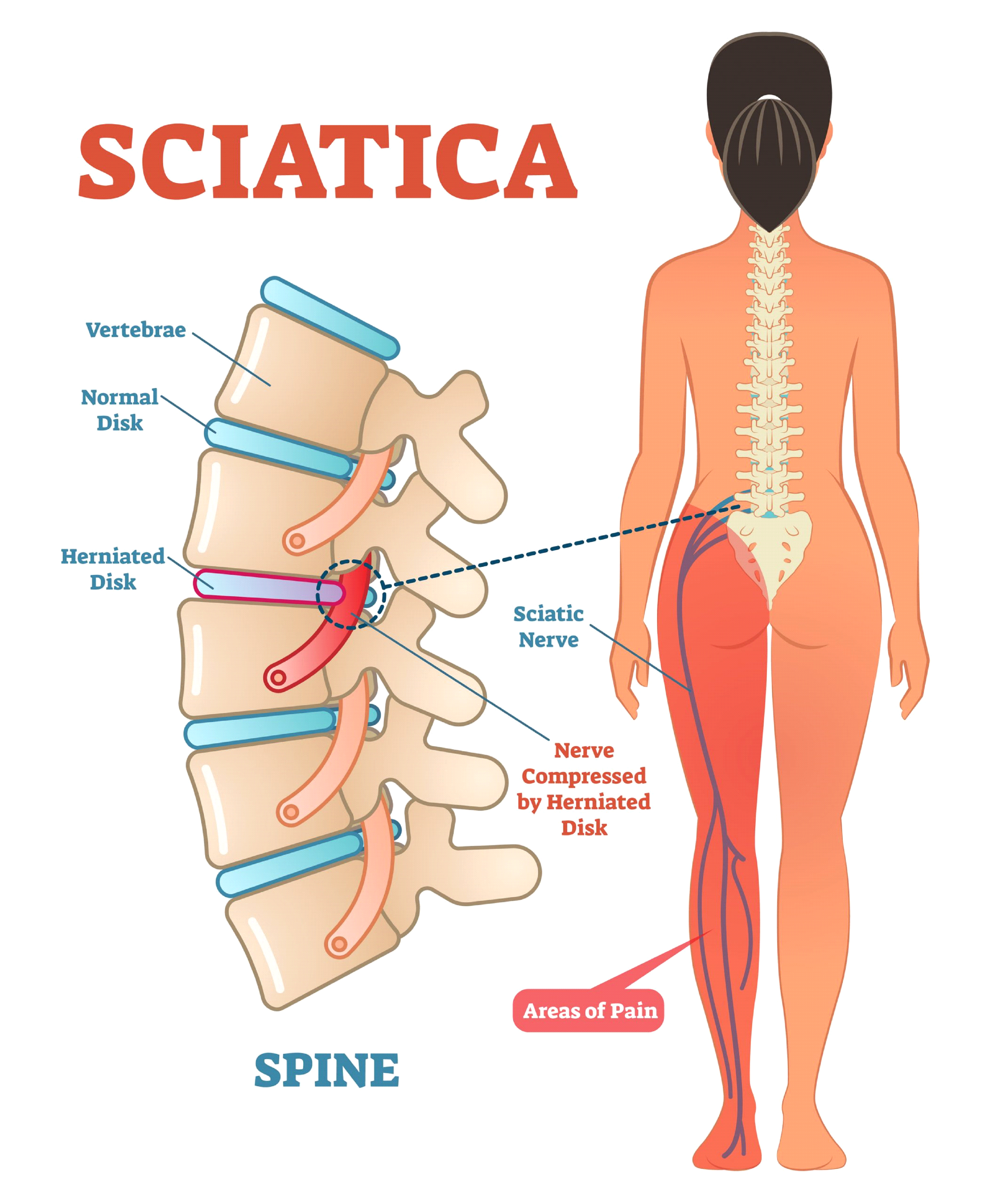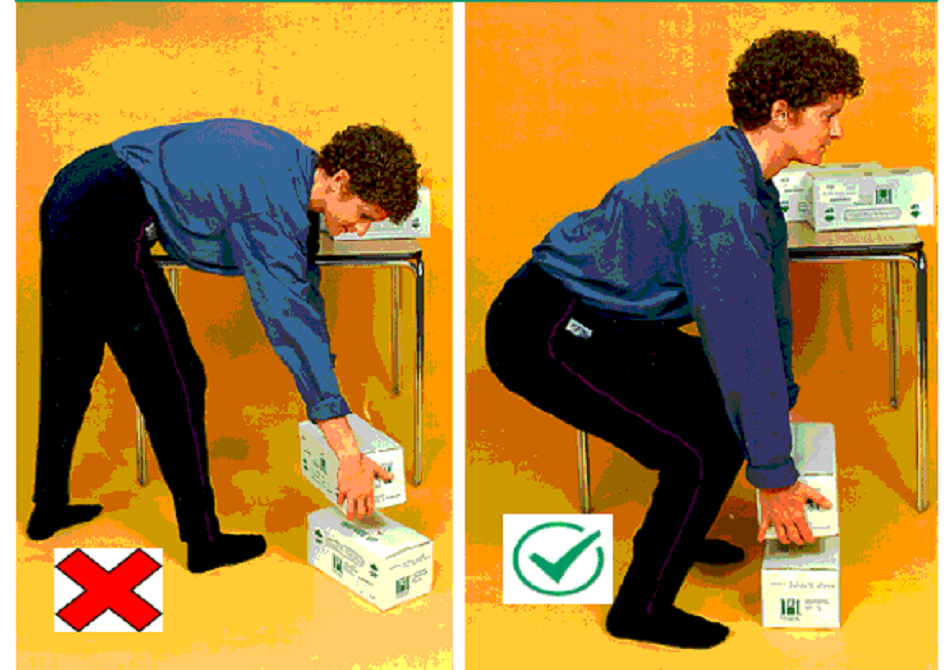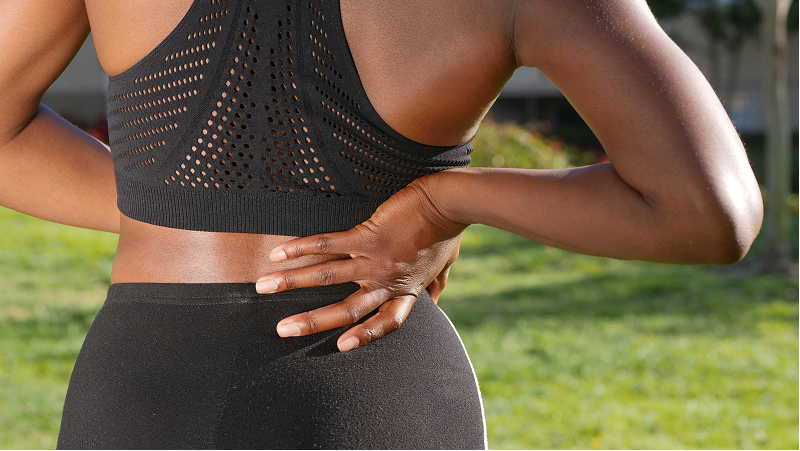Understanding the Lower Back
Your lumbar spine consists of five bones (vertebrae), each supported by cushioning discs, ligaments, muscles, and nerves. These parts work together to allow movement and protect your spinal cord.
With age, degenerative changes can occur—a condition known as lumbar spondylosis. These changes may include:
- Disc degeneration
- Thinning discs
- Bone spurs (osteophytes)
- Facet joint arthritis
- Thickened ligaments
These changes may press on nerves causing symptoms.
What Is Lumbar Canal Stenosis?
This occurs when the spinal canal narrows, pressing on multiple nerves.
Common signs include:
- Leg pain or heaviness when walking (neurogenic claudication)
- Relief when sitting or bending forward
Diagnosis – How We Determine What’s Causing Pain
- Physical exam and detailed history
- Imaging:
- X-rays to assess bone changes
- MRI if nerve involvement is suspected
- Investigate warning signs (e.g., loss of bladder/bowel control, unexplained weight loss)
Treatment Steps (Conservative First)
A. Pain Relief
- NSAIDs or paracetamol (if safe to use)
- Short-term nerve medications (e.g., pregabalin)
- Oral steroids or injections for severe symptoms
- Temporary back supports can help in pain flareups
B. Physiotherapy & Exercise
- Gentle, guided rehabilitation for core strength and flexibility
- Low-impact exercise (walking, swimming, cycling)
- Avoid prolonged sitting, heavy lifting, twisting, and bending
- Structured exercise programs help prevent symptoms from returning
C. Posture & Lifestyle Adjustments
- Sitting
- Sit with good lumbar support
- Take frequent breaks (every 15–30 minutes) when sitting or standing
- Use supportive furniture and proper lifting techniques
- When sitting: Keep your ear, shoulder, and hip in one straight line.
- Computer work: Keep the monitor at eye level.
- Avoid slouching, sitting in bed to work, or bending your neck forward for long periods.
- Take a standing or walking break every 15 minutes.
- When standing: Keep your weight evenly balanced and avoid leaning to one side
- Sleeping
- While sleeping: Use a firm mattress and avoid very soft beds
- Lifting Objects
- Bend from the knees and hips, not your back
- Keep the spine straight
- Hold the object close to your body
- Use both hands
- Avoid lifting more than 5–10 kg alone
- Never twist or lift with one hand
- Ask for help with heavy or awkward objects
- Avoid bending and twisting the spine — especially when lifting.
- Avoid lifting more than 5 kg; if something heavy must be lifted, ask for help.
- Avoid low chairs and sitting for long periods without a break.
- During pain episodes, avoid high-impact activities such as running, jumping, twisting sports, or exercises like sit-ups and crunches
- Household Care
- For cleaning, use a mop with a long handle instead of bending.
- Keep objects at waist height when working to avoid bending or reaching overhead too much.





